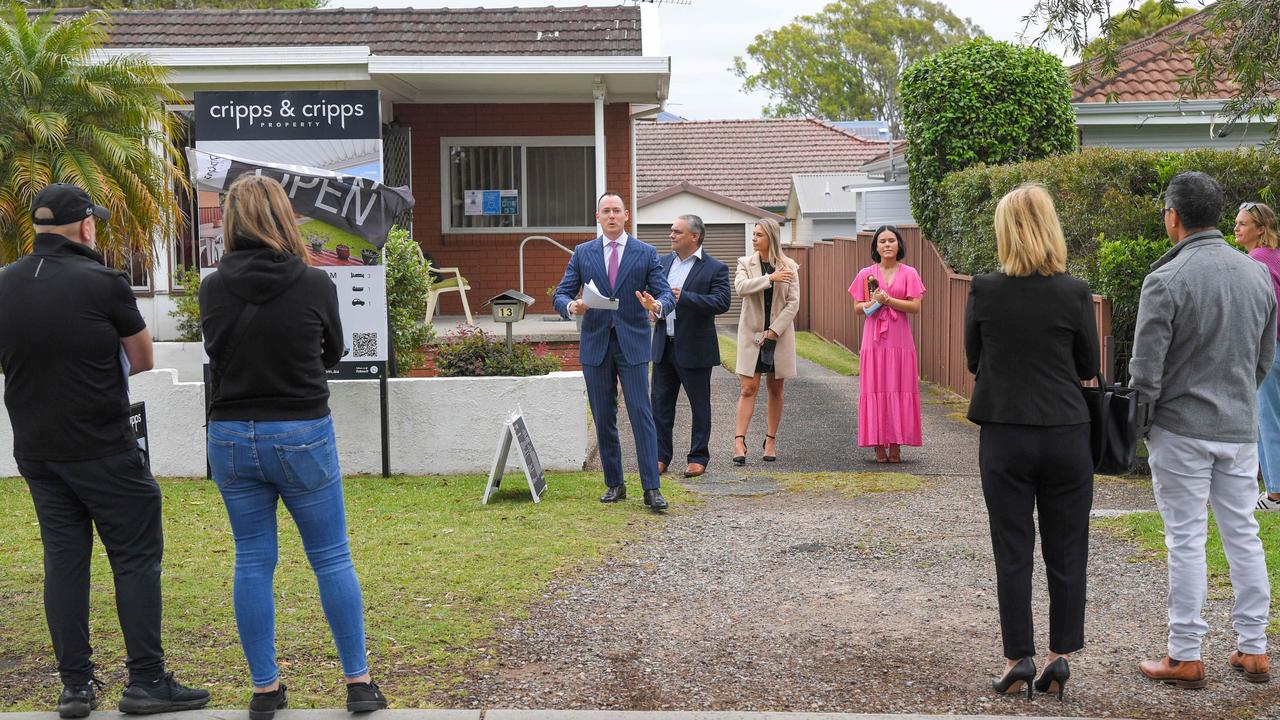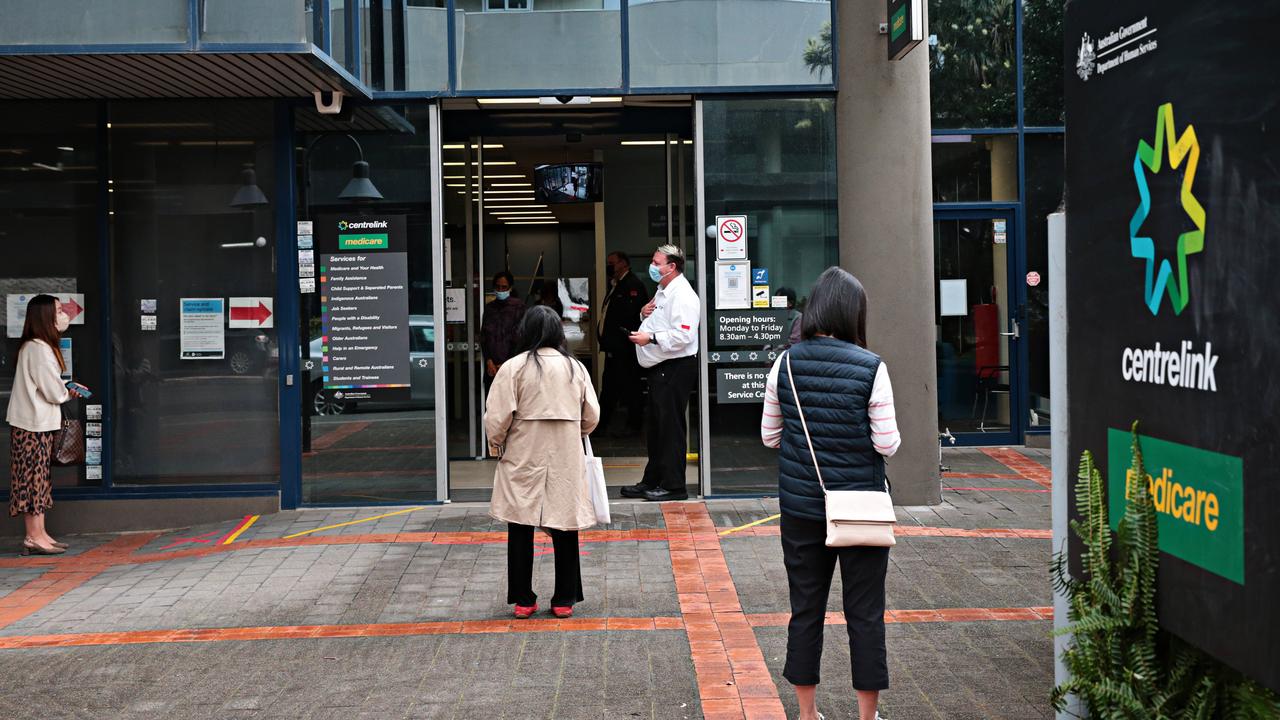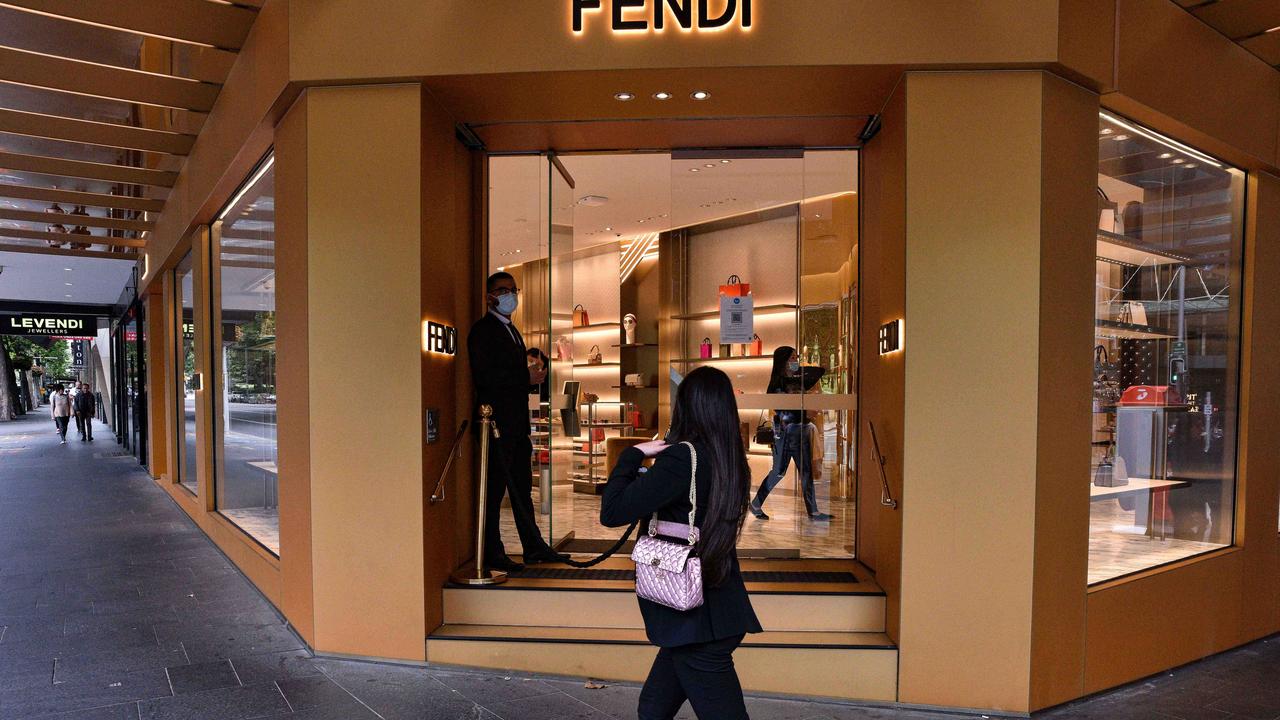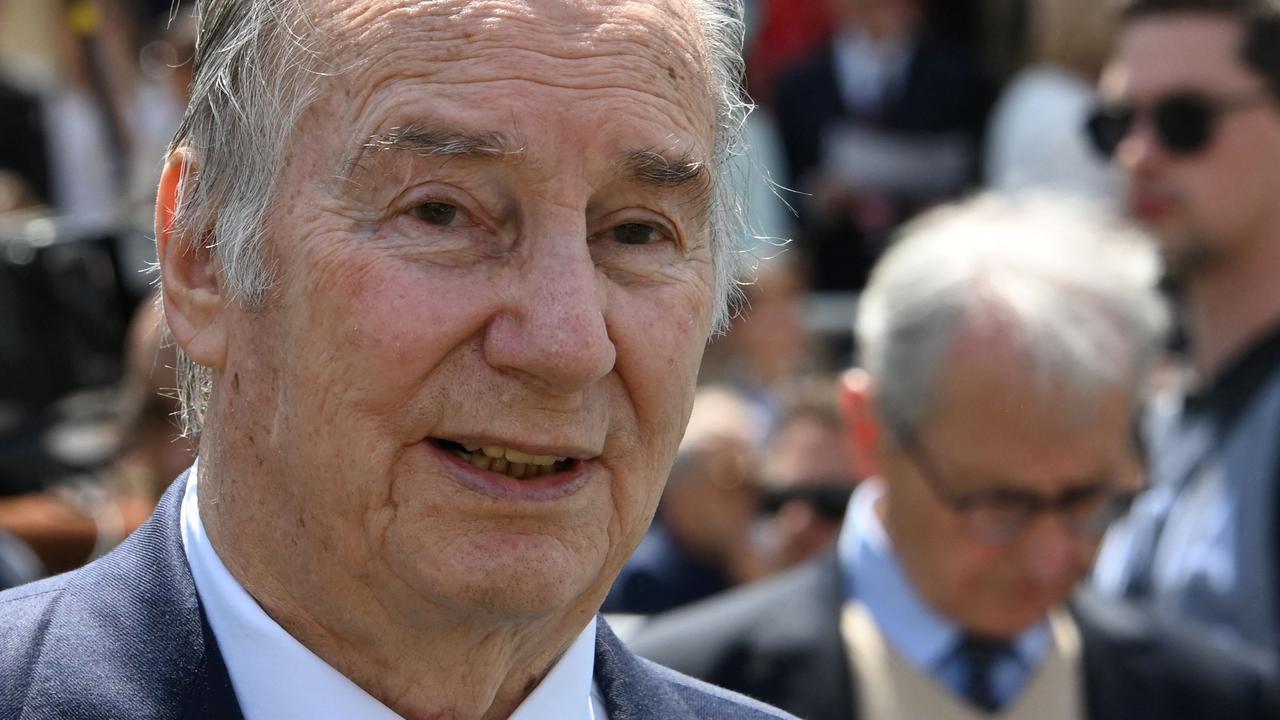How Covid-19 changed how wealthy Australians are
The Covid-19 pandemic has changed how rich Aussies are but it hasn’t impacted everyone equally - one group in particular is better off.

The Covid-19 pandemic has forced Australians into lockdowns and seen many lose their jobs but somehow we are wealthier than ever.
Australian Bureau of Statistics data released last week showed wealth per capita rose to a record high of $540,179 in the September quarter.
Prior to the pandemic, in December 2019, it was $442,702, which means it has increased by 22 per cent in less than two years.
Each Australian now has on average half a million in assets — whether that be in property, superannuation, shares or savings. This figure does not include the value of any debt owed on the property, it’s the figure for the amount of assets someone has after debts are paid.
It’s a staggering amount of money but Covid hasn’t helped everyone.
Much of the 4.4 per cent increase in total household wealth in September — which reached a record $13.9 billion — was due to residential property assets. It made up 3.5 percentage points of the growth.
According to Real Estate Institute of Australia figures, house prices have jumped by a staggering 23.4 per cent in 12 months to the September quarter.
It is the first time since June 2002 the annual increase to the weighted average capital city median price for houses has been higher than 20 per cent.
Australia Institute chief economist Richard Denniss said Australians had not benefited evenly from these asset price increases.
“If I’ve got a $10 million house that went up 20 per cent, I’ve made $2 million tax free,” he said.
“If you had a $400,000 house, you made $80,000 tax free. And of course people who didn’t own a house got zero.”

This appears to be backed by a ANZ-Roy Morgan Consumer Confidence survey released this month, which found only 30 per cent of Australians thought their families were “better off” financially than this time last year. About 29 per cent thought they were worse off.
Mr Denniss said the Covid pandemic had increased inequality in Australia, leaving some people without jobs while others accumulated large amounts of savings.
“We told a lot of people to withdraw what little superannuation they had to help them get through the crisis, while many of our highest income earners literally had nothing to spend all their income on last year and boosted their savings enormously,” he said.
“Everything about Covid from unemployment to savings, to house prices, has increased inequality in Australia.”

Rising property prices are thought to make people feel richer and spend more — a phenomenon known as the “wealth effect” — and Mr Denniss said the enormous increase in wealth flowing to a small number of Australians would have an impact on their spending patterns.
“But as for when they will spend that money and whether they will spend it in Australia or not, only time will tell,” he said.
Mr Denniss said he didn’t think the enormous increases in house prices were sustainable.
“Ultimately we can’t all get rich selling houses to each other,” he said.
“The ability of most Australians to bid for higher and higher prices at auction is constrained by their income,” he said. “And for most workers their incomes are not rising nearly as fast as house prices.
“Who knows where it will stop but it can’t rise forever.”
He said Australia’s rise in wealth driven by the property boom was “a great problem to have”.
“But how we share the benefits of this incredible boom will be determined by government policy,” he said.
“We’ve just cut income taxes for high income earners but claim we still can’t significantly increase unemployment benefits.”
Here are the other factors driving up Aussie wealth.
We’ve got more savings
The amount of money people have in the bank has grown, thanks partly to an increase in disposable income due to government support payments for individuals and businesses.
The Lower Middle Income Tax Offset (LMITO), also known as “The Lamington”, was worth up to $1080 for some people, with dividend payments and the backdating of personal income tax brackets also helping some to boost savings.
This also came at a time when many were in lockdown and saw their expenses drop.
“Household expenditure fell as households in New South Wales, Victoria and the Australian Capital Territory spent more than half the quarter under lockdown restrictions,” ABS head of finance and wealth Katherine Keenan said.
In the September quarter household deposits increased by $72 billion, which is the highest amount on record, surpassing the record set in September last year of $63.8 billion.

Stockmarket bounces back
The S&P/ASX200 index also recovered from its pandemic plunge, soaring to a record new high of 7632.80 in August of 2021.
It’s been buoyed by increased optimism due to the rollout of vaccines and high prices for iron ore, helping the market to record expected growth of around 10 per cent this year.
Mr Denniss said people were feeling far more positive about the future profits of companies like Coles, Qantas and the Commonwealth Bank and this made them more willing to pay a higher price for shares, driving up the price.
Superannuation has also increased
If you haven’t checked your superannuation in a while, you might be in for a nice surprise.
The value of super in Australia increased by 18 per cent in the 12 months to September 2021, thanks to an improvement in the performance of local and overseas stock markets.
“Most super is invested in shares domestically and internationally if you are with one of the big super funds,” Mr Denniss said.
While this money can’t be accessed until you reach retirement age, it provides a nice psychological boost.






